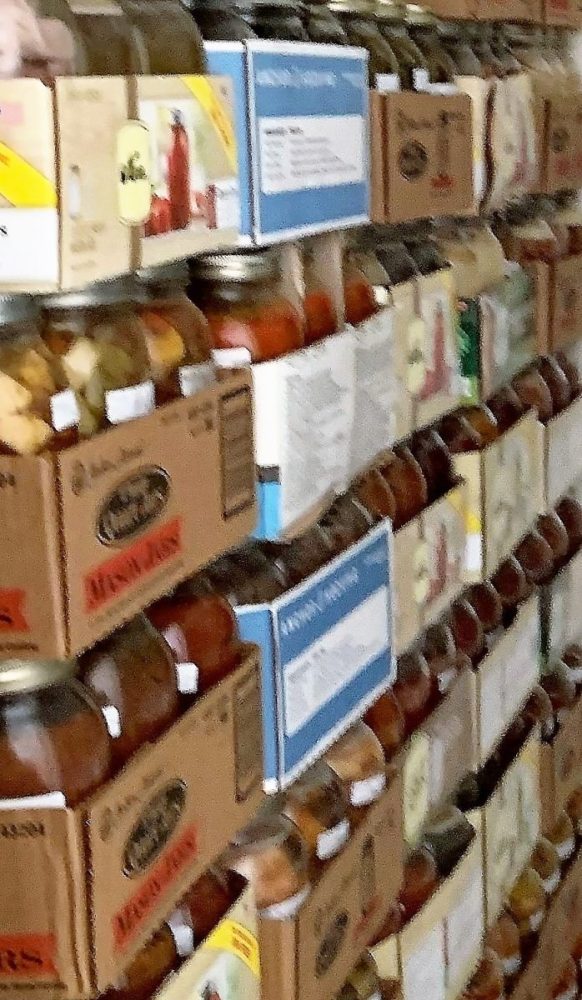By Johanna Hicks, Texas A&M AgriLife Extension, Family & Community Health Agent, Hopkins County, [email protected]
Vegetable gardening is just around the corner. Many people have a green thumb, which means a bumper crop of produce! Canning foods at home can be a fun way to preserve an abundant harvest from your garden. However, if done incorrectly, home-canned foods can cause serious, even fatal, foodborne illness. Make sure the foods you preserve at home are safe for you and your family by following these recommendations:
- Start with a clean preparation area and the freshest foods possible. Check for nicks and cracks on jars. Make sure your equipment is clean and in good working order.
- Always use a pressure canner when canning low-acid foods. This includes most vegetables (except many tomato products), seafood, poultry, and meat.
- If using a pressure canner with a dial gauge, have it tested. In fact, check to make sure that gaskets (if present) are in good shape and that vents, safety valves, and edges of the lid are clean.
- Always use tested recipes that have up-do-date researched processing (canning) times. Sources of tested recipes include the National Center for Home Food Preservation, and companies that produce home canning supplies.
- Do not alter ingredients in tested recipes. Changing the ingredients in a tested recipe can make that recipe unsafe for home food preservation.
- When filling jars, always use the correct headspace. Having too little or too much headspace can affect how the lid seals and the quality of the final product.
- After jars have been processed, check the lids within 12 to 24 hours to make sure they are sealed. Food from jars that did not seal should be refrigerated and eaten in a coupe of days. You may also reprocess it within 24 hours.
- Label lids with name of the food and date the food was canned.
- Store canned foods in a dark, cool, and dry place. If the food is stored in a humid place, the moisture can cause the lids to rust, leading to spoilage. Periodically check the jars for signs of spoilage.
- For best quality, use home-canned foods within one year.

For more information, So Easy to Preserve from the University of Georgia Extension is a great resource for canning tips and recipes: http://www.uga.edu/setp/ . As mentioned earlier, the National Center for Home Food Preservation is an excellent resource for all things concerning home canning. http://www.ugs.edu/nchfp/ Our office (Texas A&M AgriLife Extension – Hopkins County) has numerous publications on canning fruits, vegetables, jams, jellies, salsas, tomatoes, and tomato products. We can prepare a packet of food preservations materials and recipes for you. Drop by our office at 1200 West Houston St., Sulphur Springs, and we’ll be glad to assist you!
Closing Thought
I’ve learned that we should be glad God doesn’t give us everything we ask for.– Andy Rooney
Contact Extension Agent Johanna Hicks, B.S., M.Ed., at Texas A&M AgriLife Extension by mail at P.O. Box 518, Sulphur Springs, TX 75483; at the Hopkins County Extension Office, 1200-B West Houston St. in Sulphur Springs; by phone at 903-885-3443; or email at [email protected].





